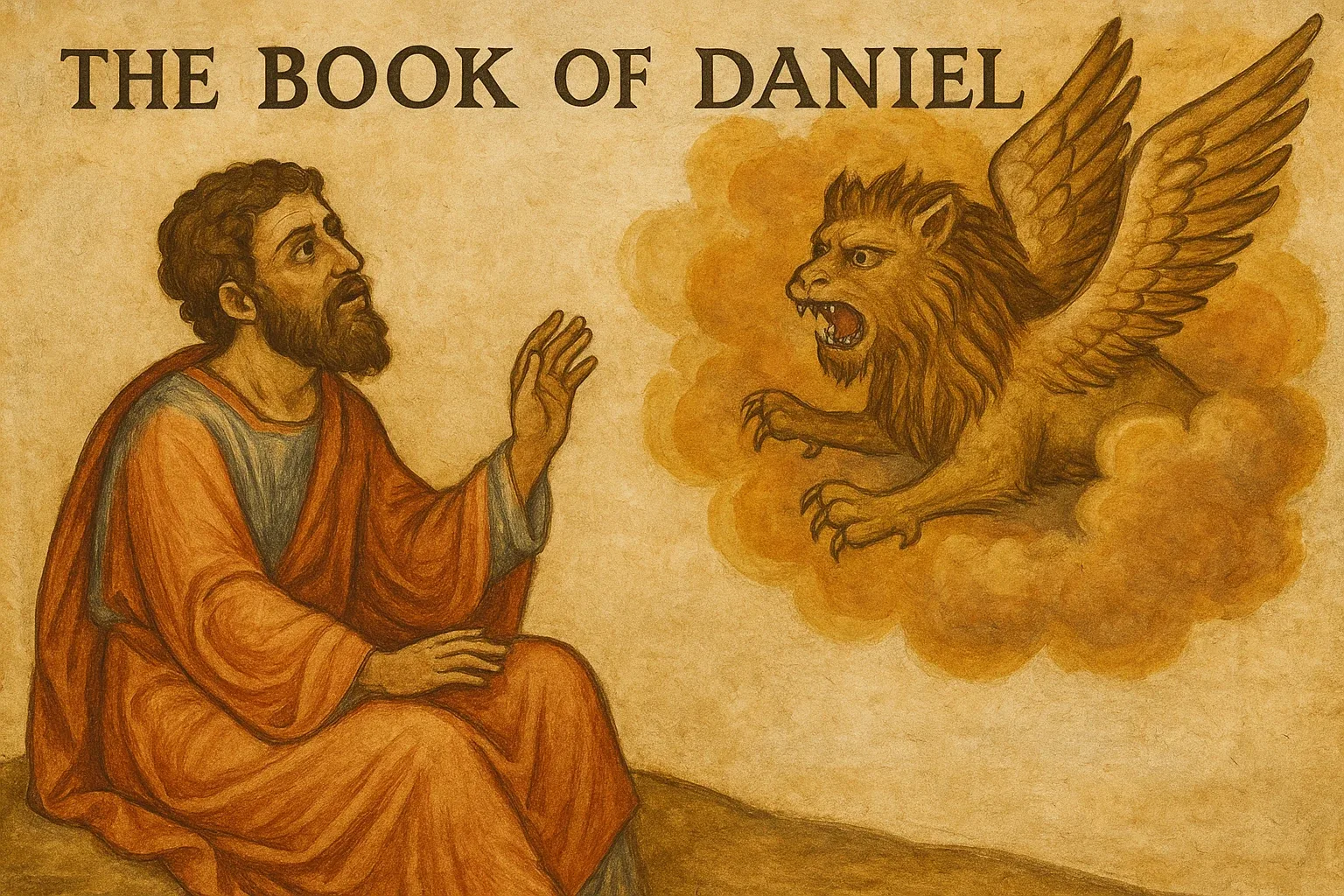When modern observers consider the relationship between Iran and Israel, the image is often one of geopolitical tension and ideological opposition. But beneath today’s headlines lies a deep and complex history—one in which ancient Persia (modern-day Iran) played a surprisingly supportive role in shaping the destiny of biblical Israel. From the fall of Babylon to the rebuilding of Jerusalem, Persia occupies a critical place in the biblical narrative, particularly during and after the Jewish exile.
Persia in the Bible: An Unexpected Ally
Persia first appears prominently in the Bible during a pivotal moment in Jewish history: the end of the Babylonian exile. In the 6th century BCE, King Cyrus the Great, founder of the Achaemenid Empire, conquered Babylon. Rather than continue the policy of subjugation and cultural erasure, Cyrus introduced a new approach—one of tolerance and restoration.
According to Ezra 1:1–4, Cyrus issued a decree that allowed the Jews to return to their homeland and rebuild the Temple in Jerusalem:
“The Lord, the God of heaven, has given me all the kingdoms of the earth... He has appointed me to build a temple for him at Jerusalem in Judah.” (Ezra 1:2)
This act earned Cyrus an extraordinary status in the Hebrew Scriptures. In Isaiah 45:1, he is even referred to as the Lord’s “anointed”—a title usually reserved for Israelite kings.
Theological Significance of Cyrus the Great
Cyrus’s role challenges traditional notions of divine election and covenant. That a non-Jewish, pagan monarch could be used by the God of Israel as an agent of redemption carries deep theological implications. It signals that divine sovereignty extends beyond Israel and that God's purposes can be fulfilled even through foreign rulers.
Cyrus’s support of the Jewish people also demonstrates a rare moment of imperial favor toward a minority religious group. While Persian motives were likely pragmatic—seeking loyalty from subject peoples—the biblical writers saw God’s hand in history, working through the mechanisms of empire to restore His people.
Persian Influence on Jewish Life and Worship
The return from exile under Persian rule was more than a physical journey—it was a spiritual rebirth. The post-exilic period saw major religious and cultural developments:
- Rebuilding the Temple: Led by figures like Zerubbabel and later Ezra and Nehemiah, the Second Temple was constructed under Persian patronage.
- Codification of Scripture: Many scholars believe that during this era, parts of the Hebrew Bible were compiled and edited into the form we know today.
- Emergence of Judaism: The exile and return helped transform ancient Israelite religion into a more community-based, text-centered faith—Judaism as we understand it.
These developments happened under the oversight, and often the direct support, of the Persian administration.
Esther and the Persian Court
Another striking example of Persia’s presence in the Bible is the Book of Esther, which takes place entirely within the Persian Empire. Set during the reign of King Xerxes I (Ahasuerus), the story centers on a Jewish woman who becomes queen and, with her cousin Mordecai, thwarts a plot to annihilate the Jewish people.
While the historicity of Esther is debated, the book reflects the reality of Jewish life under Persian rule—where Jews could attain positions of influence, but also faced great vulnerability. The holiday of Purim commemorates this dramatic reversal of fortune and celebrates God's providential care even in exile.
Prophecy and Empire: Persia in the Book of Daniel
The prophetic literature also engages deeply with Persia. In the Book of Daniel, Persia is one of the successive empires seen in visions that depict the rise and fall of earthly kingdoms before the eventual establishment of God's eternal kingdom. While Babylon represents oppression, Persia is often viewed more favorably, a necessary transition toward restoration.
Modern Reflections: From Cooperation to Conflict
Today, Iran and Israel stand as ideological opposites, with religious, political, and military tensions defining their relationship. Yet history reminds us that this was not always the case. In a different era, under different rulers, Persia was a crucial agent in the survival and flourishing of the Jewish people.
The biblical portrayal of Persia offers a broader lesson: that nations and leaders—even those outside the covenant community—can be used by God to accomplish divine purposes. It is a testimony to the mysterious and sovereign ways in which history unfolds.
Iran’s ancient identity as Persia reveals a forgotten chapter in biblical history—one in which it played a redemptive, even messianic role in the life of Israel. In a time of exile, despair, and dislocation, it was Persia that opened the door to restoration. The echoes of that history still resonate today, offering a powerful reminder that God’s hand often moves in the most unexpected places.

